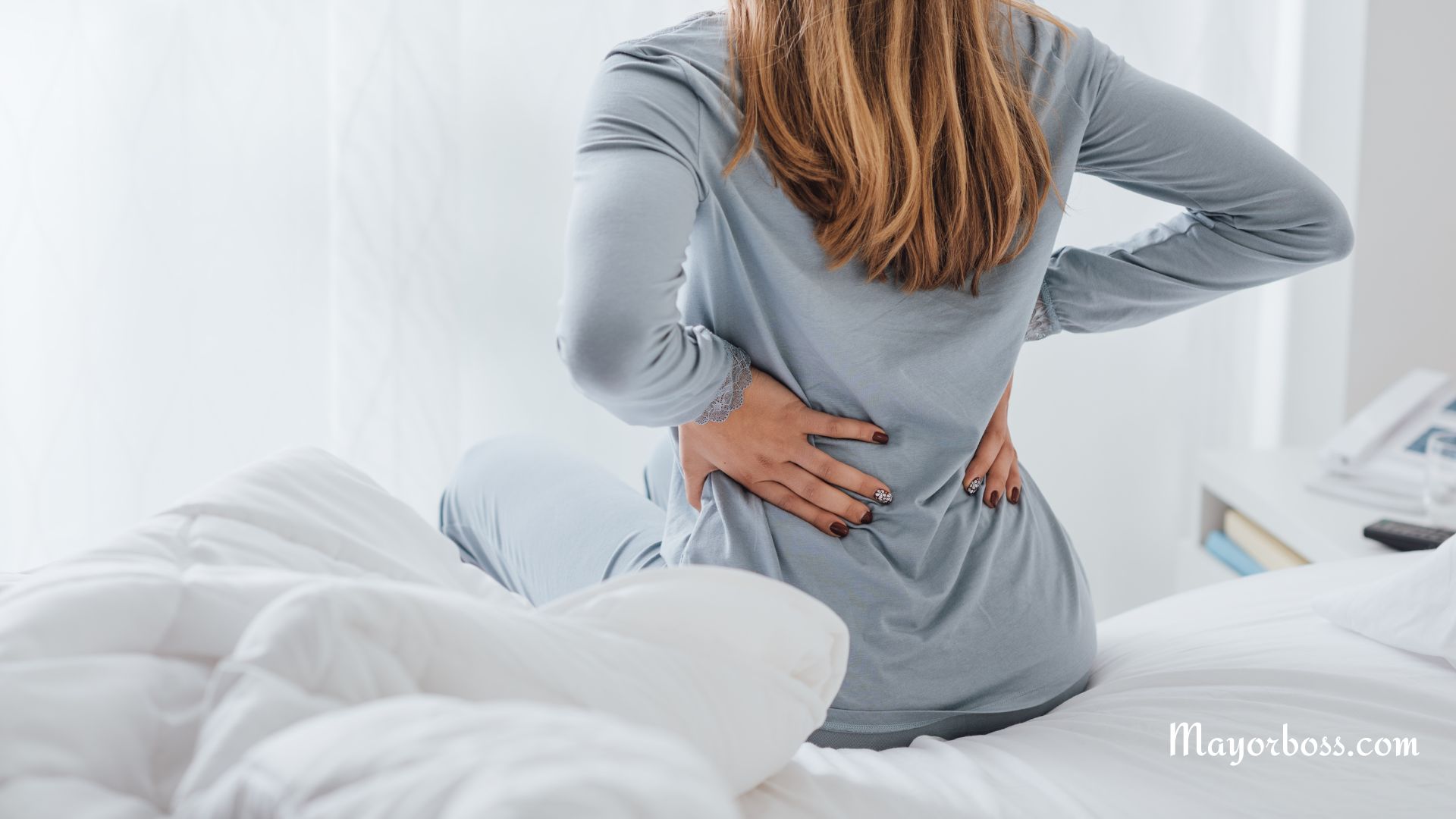5 Exercises for Lower Back Pain
Lower back pain can be a real nuisance in your daily life, but luckily, there are exercises that can help ease this discomfort. These exercises aim to stretch and strengthen the muscles in your lower back, promoting better posture and relieving pain. Whether you’ve strained a muscle, have a chronic condition, or just want to prevent future problems, these five exercises are here to help.
What Causes Lower Back Pain?
Lower back pain often comes from muscle strains, poor posture, or underlying health conditions. Sitting for long hours, lifting heavy objects the wrong way, or even stress can make your lower back ache. But don’t worry; the following exercises can help you feel better.
Exercises for Lower Back Pain
Cat-Cow Stretch

Start on your hands and knees like you’re about to crawl. As you breathe in, arch your back and look up. This is the ‘cow’ part of the stretch. As you breathe out, round your back and tuck your chin to your chest. That’s the ‘cat’ part. Repeat this ten times. The Cat-Cow stretch is excellent for warming up your spine and relaxing tight muscles. It can make your lower back feel more flexible and less painful.
Bird-Dog Pose

Again, start on your hands and knees. Extend your right arm forward and your left leg back. Hold for a few seconds, then switch to the other side. Do this ten times on each side. The Bird-Dog pose focuses on balance and stability. It strengthens your lower back muscles and helps improve your posture.
Bridge Pose

Lie on your back with your knees bent and feet flat on the floor. Press your feet onto the floor and lift your hips up. Hold for a few seconds, then lower back down. Repeat this ten times. The Bridge pose targets your glutes and lower back muscles, helping to alleviate pain. It’s a great way to build strength in those areas.
Double Knee-to-Chest Stretch

Lie on your back with your knees bent and feet flat on the floor. Hold both knees with your hands, bringing them toward your chest. Gently pull your knees closer, feeling a stretch in your lower back. Hold this position for 15-30 seconds, then release. Repeat this movement three times.
The double knee-to-chest stretch is an effective way to stretch the muscles in your lower back. By bringing your knees to your chest, you can feel a gentle pull that helps relieve tightness and discomfort. This exercise is particularly good if you have been sitting or standing for long periods of time, as it helps to elongate the muscles that might have become tense. Next time your back feels a bit tight, give this exercise a try. It might be just what you need to feel more comfortable and agile!
Child’s Pose

Start on your hands and knees. Sit back on your heels and reach your arms forward. Relax and breathe deeply, holding for up to a minute. The Child’s Pose is a calming stretch that helps relieve tension in your lower back. It’s like giving your back a gentle hug!
Other Ways to Relieve Lower Back Pain
Get a Massage
A professional massage can work wonders for tense muscles. If a professional massage isn’t an option, you can use a tennis ball or foam roller at home.
Apply Heat or Ice
Heat can relax muscles, while ice can reduce inflammation. Try a heating pad or a cold pack, depending on what feels best for you.
Over-the-Counter Pain Relievers
Pain relievers like ibuprofen or acetaminophen can provide temporary relief. Just be sure to follow the instructions on the bottle or consult with a healthcare provider.
Avoid Heavy Lifting
If you need to lift something heavy, bend your knees and keep the object close to your body. Avoid twisting your back, as this can cause injury.
Maintain Good Posture
Standing or sitting with proper alignment supports your back and prevents strain. Make sure your feet are flat on the floor and your shoulders are relaxed. Keeping your back straight helps, too!
Consistency is key. If you make these exercises a regular part of your routine, you should notice a reduction in lower back pain. Always consult with a healthcare provider if the pain persists.





